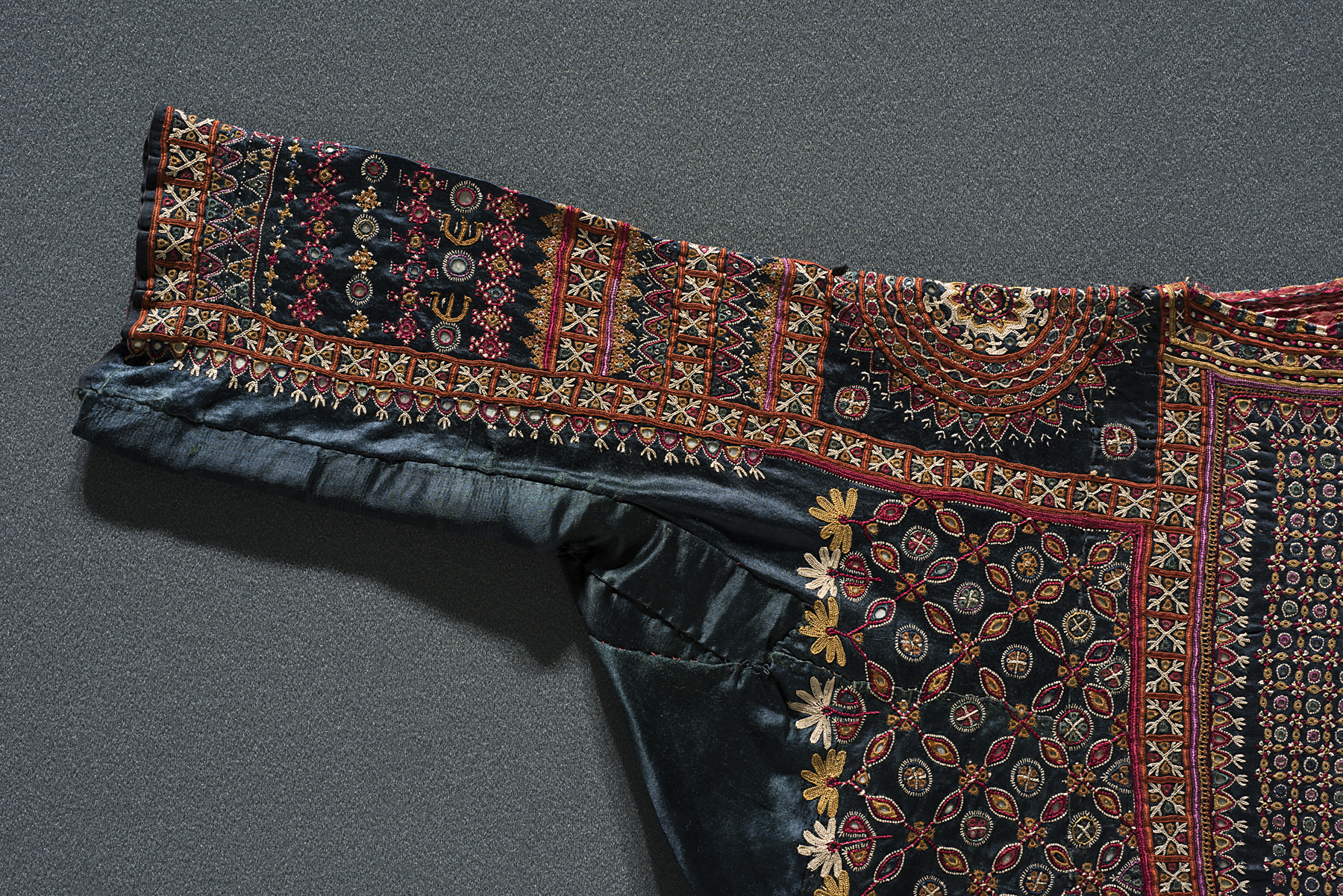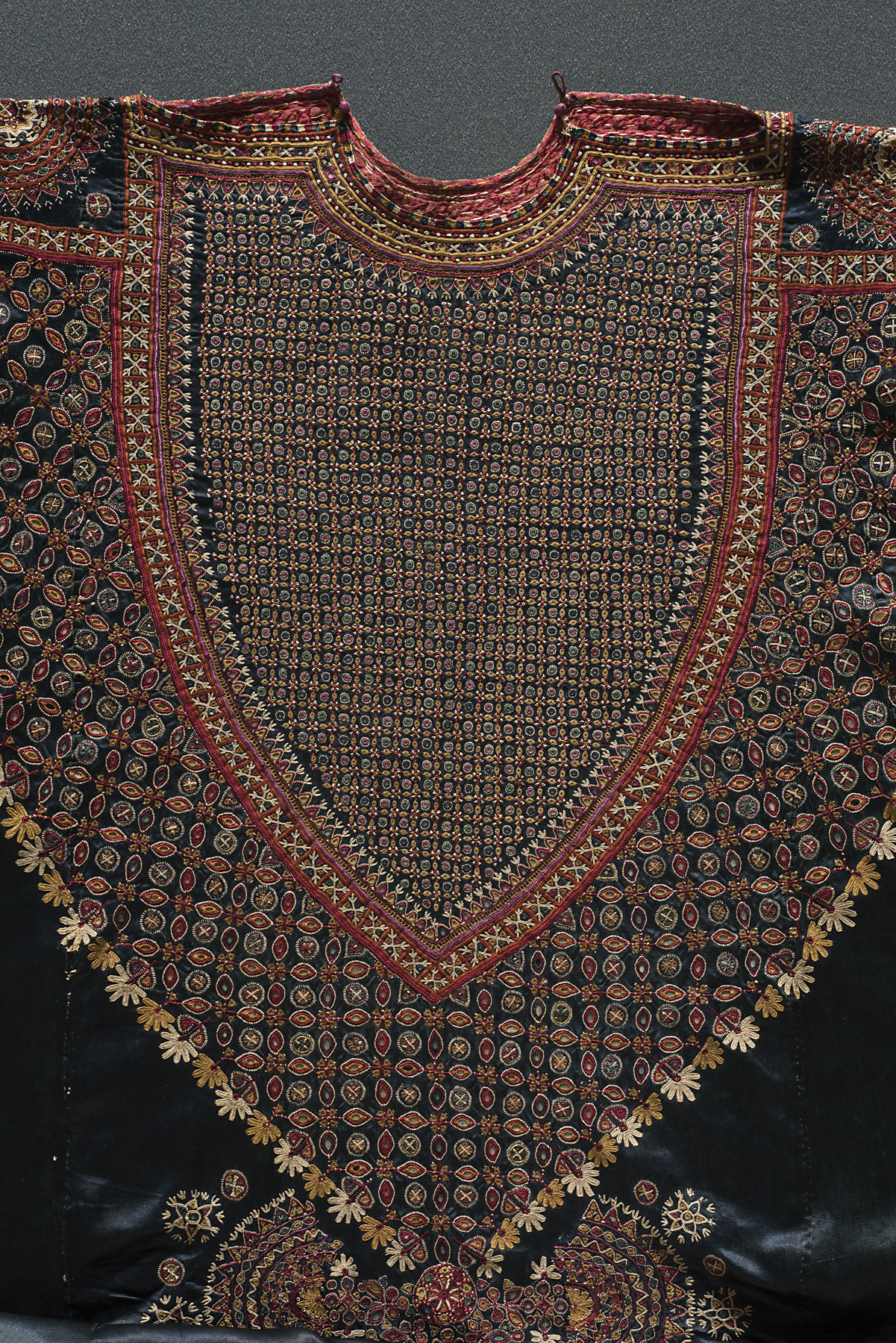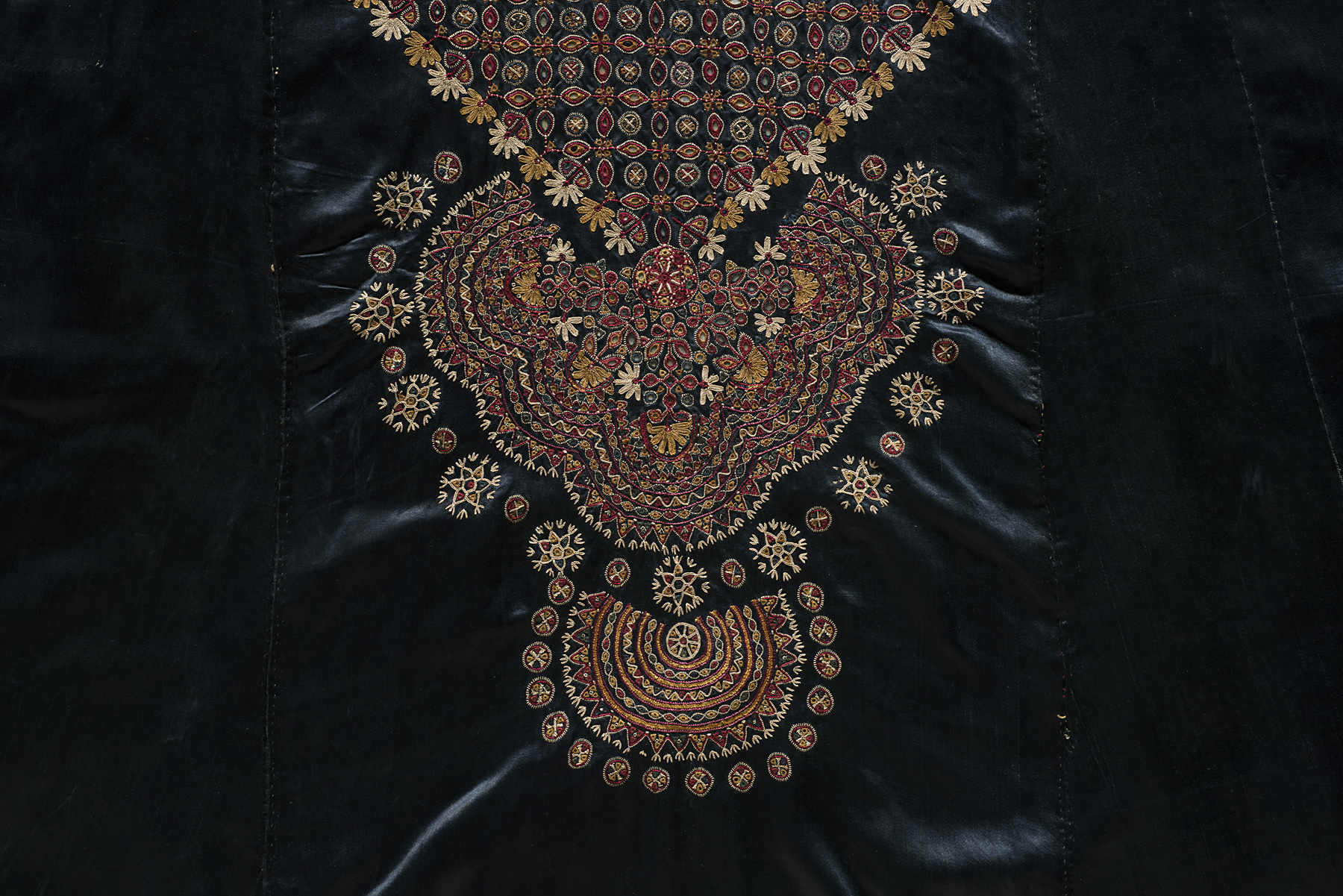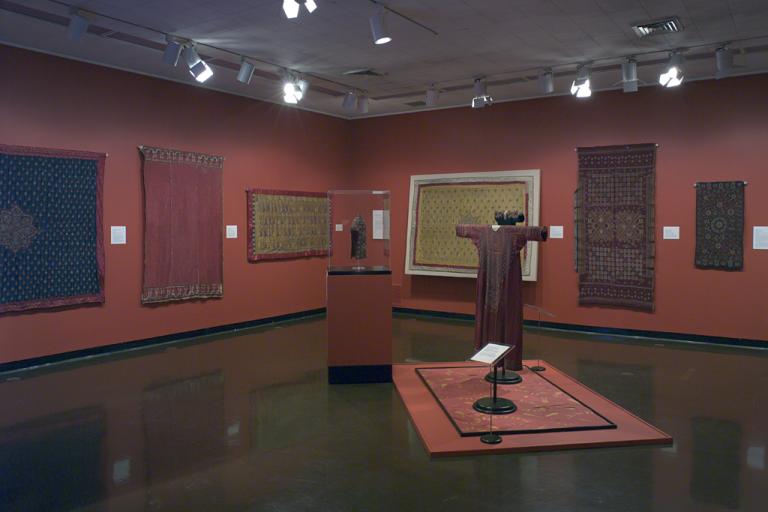woman's tunic (aba), unknown maker from India
Artwork Overview
woman's tunic (aba)
, 1800s–early 1900s
Where object was made: Gujarat, India
Material/technique: satin; silk; embroidering; mirror
Credit line: William Bridges Thayer Memorial
Accession number: 1928.0874
Not on display
If you wish to reproduce this image, please submit an image request








